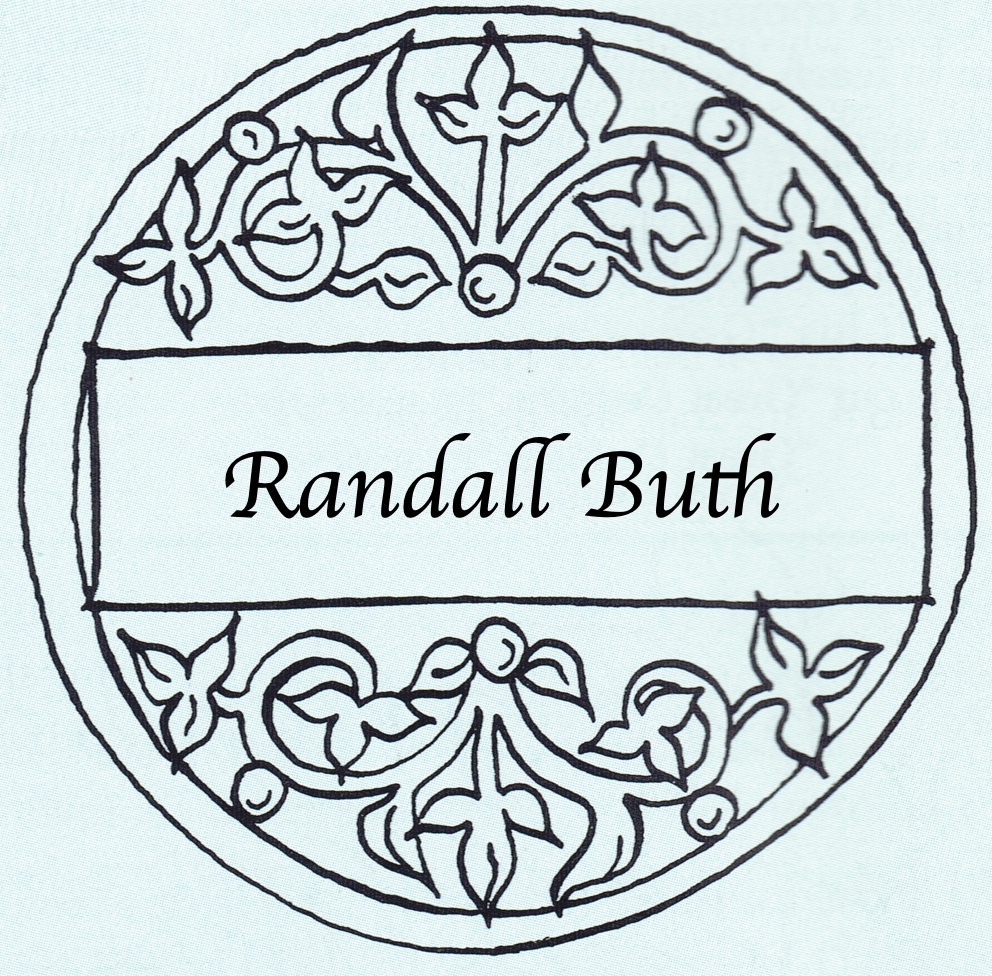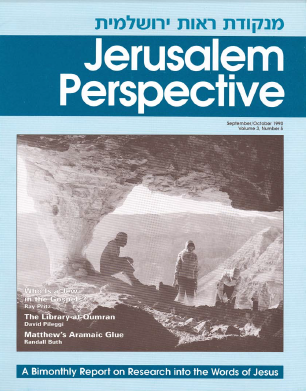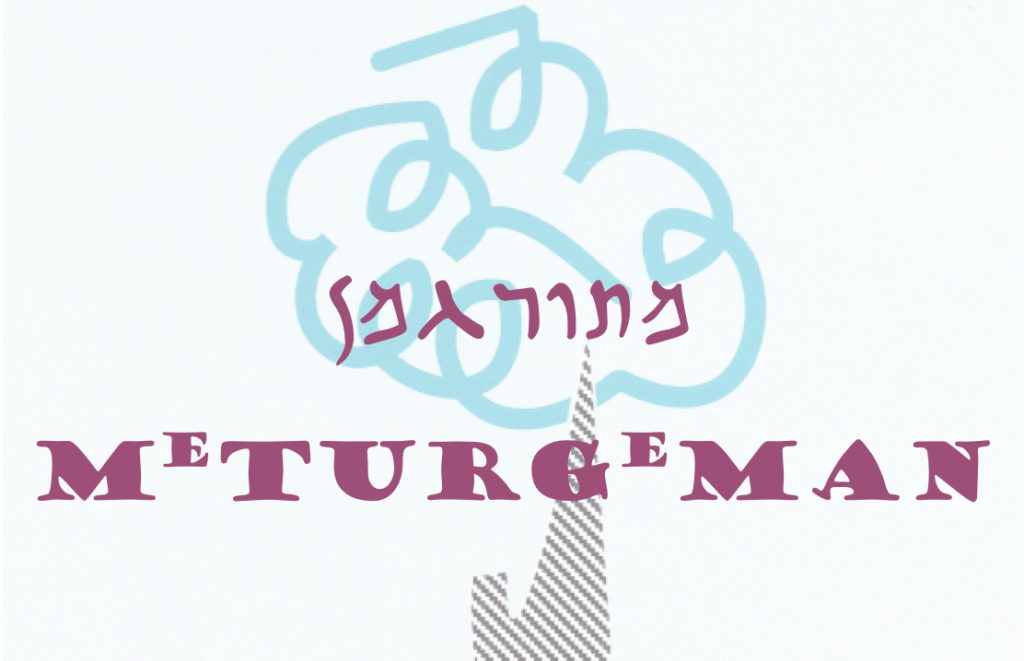מְתֻרְגְּמָן (me⋅tur⋅ge⋅MĀN) is Hebrew for “translator.” The articles in this series illustrate how a knowledge of the Gospels’ Semitic background can provide a deeper understanding of Jesus’ words and influence the translation process. For more articles in this series, click here.

A translator must understand and interpret all the linguistic signals in his source, and use those signals in a way that is both natural in the target language and congruent to the original text. Every language has particular ways of putting a story together, and the more a translator knows about each language’s construction system, the better translation he will provide.
In Hebrew events are joined together by -ְו (ve–, “and”), while in English we generally prefer not to have a conjunction. Hebrew also carefully distinguishes word order to signal the structure of the story. This can be very significant for a translator, and for Gospel research.
Knowledge of the different ways of joining stories in Greek, Hebrew and Aramaic can help us understand the history and relationships of the Synoptic Gospels. The three synoptic writers use different linguistic methods to glue their stories together. None of these is purely Greek, and all show Semitic influence. Matthew shows a specifically Aramaic influence, and in this article we will see how he uses an Aramaic conjunction as the glue to hold stories together.
Paid Content
Premium Members and Friends of JP must be logged in to access this content: Login
If you do not have a paid subscription, please consider registering as a Premium Member starting at $10/month (paid monthly) or only $5/month (paid annually): Register
One Time Purchase Rather Than Membership
Rather than purchasing a membership subscription, you may purchase access to this single page for $1.99 USD. To purchase access we strongly encourage users to first register for a free account with JP (Register), which will make the process of accessing your purchase much simpler. Once you have registered you may login and purchase access to this page at this link:


































































































Comments 2
Shalom,
I wanted to make you aware of two notable typos in the version of this article on the website here. The Hebrew word אָז appears twice here by mistake as עָז, and its transcription appears three times as ‘āz with ‘ for ע instead of ’ for א. After I noticed this here, I checked the original publication in the PDF, too, but it is correct there, so it looks like the error occurred when they were transferred from the print version to the electronic version.
I always enjoy the content at Jerusalem Perspective and have learned a so much from it over the years. Looking forward to more all the time! Blessings.
Right you are! Thanks for spotting these mistakes. They have now been fixed.